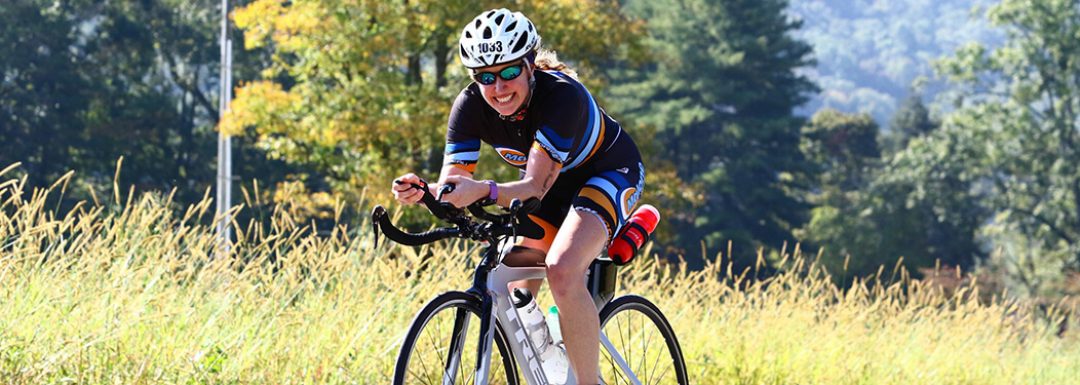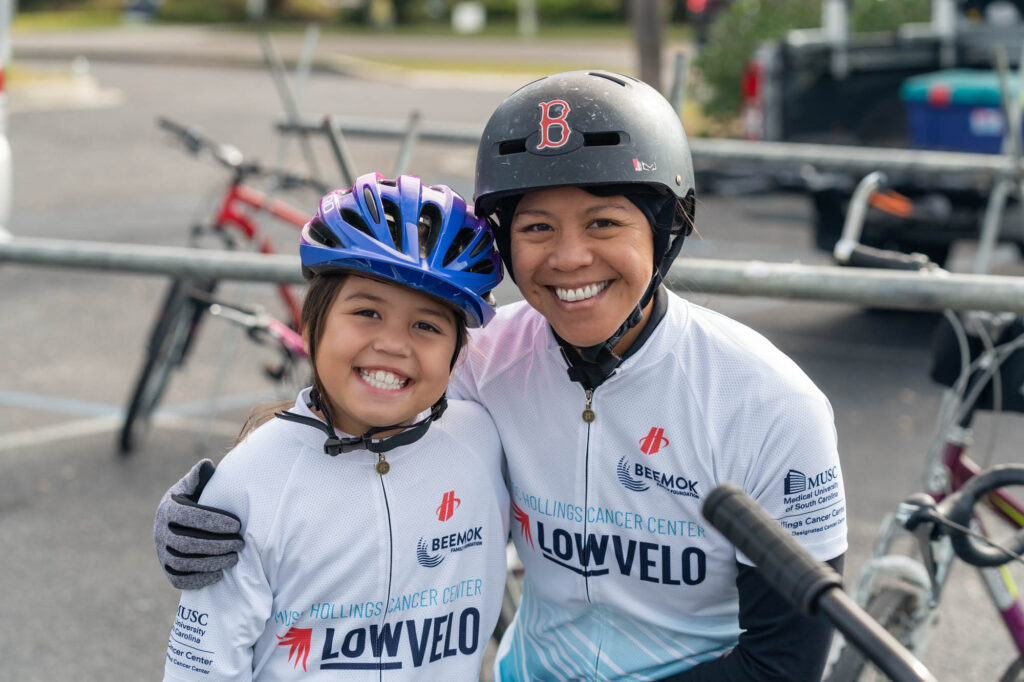7 Top Things To Do Now To Prepare For The Big Ride

From getting a bicycle tune-up to brushing up on safety rules, these tips will kickstart your LOWVELO prep. Oh, and we know where you can get free bike diagnostics, too.
1. Get a bike tune-up: These bike shops provide free diagnostics for LOWVELO riders
How’s your bicycle doing? Whether your bike has sat idly for months or has seen some miles of late, it doesn’t hurt to show it some love as you gear up for the ride on November 2. Luckily, LOWVELO has partnered with three amazing local bike shops — Trek Bicycle Store, Cooper River Cycles and Ride Bikes — that will happily get you squared away. Here’s what they’re offering to registered LOWVELO riders:
- Free bike diagnostic
- Donation to your LOWVELO account if you purchase a bicycle or 10% off purchase of non-discounted accessories when purchased with a bike
- 10% discount on accessories (electronics, wheels excluded. Other exclusions may apply)
- 10% discount on most extensive maintenance packages
2. Get in time in the saddle
While being a gym regular is certainly beneficial, it’s simply not enough. Being in great shape is altogether different than being in great shape for a long bike ride. Until you’ve spent ample time in the saddle, a 50-mile bike journey could get unpleasant and that’s the last thing anyone wants.
MUSC Wellness Center personal trainer and cyclist Catherine O’Sullivan says that now is the time to get outside and ride, starting slowly and gradually working your way to your goal mileage. “You will need to begin soon to train your muscles and cardiovascular system to be able to ride multiple hours,” she says. “By getting outside and training on the bike, it helps to get your body used to being in the saddle and builds up your endurance.”
In addition, clipless cycling pedals/shoes are best for long-distance rides, significantly impacting comfort and efficiency. But as they’ll take some getting used to, practice using those now so you can perfect that skill and technique before November 2.
3. Turn fundraising efforts up a notch
While riders have until January 2 to reach fundraising goals, it’s a lot more fun to use this time before the ride to build excitement for ride day. Donors will feel like a part of the inspiring journey, too, come November 2, so now is the time to heighten anticipation by making and executing a fundraising plan.
It can be as simple as sending out emails to family, friends and colleagues. That’s what rider and vice president of TD Bank in Charleston (a LOWVELO sponsor) David Wenger has done, and he’s already raised nearly $5,000. It’s all about believing in the mission and conveying that to others.
“For years, personally and professionally, we have put time and effort into developing our relationships with our donors,” Wenger says. “Being bankers, we are fortunate to meet and develop relationships with many very good people. These great people, along with friends and family, are aware of our personal stories and how cancer has impacted us so directly. It is really satisfying and somewhat therapeutic to focus our energy on the solution (LOWVELO) rather than getting stuck in the struggle.”
For more fundraising tips, check this out.
4. Brush up on bike safety rules
During LOWVELO, all riders must do their due diligence in staying safe to ensure a smooth ride for all. Keep in mind, first of all, that LOWVELO is a ride, not a race, and follows the rules of the road. A few more tips to remember include:
- Use proper hand signals. Reacquaint yourself with those here.
- Obey all traffic signs and signals.
- Make left turns from the center of the road or left turn lane.
- Ride as far to the right of the road as possible, except to pass.
- Do not cross the yellow center line, regardless of passing zone.
Stay tuned to the LOWVELO blog for further safety tips coming soon.
5. Start prioritizing sleep
According to the National Sleep Foundation, the quality and amount of sleep athletes get is often the key to great performance: “REM sleep in particular provides energy to both the brain and body. If sleep is cut short, the body doesn’t have time to repair memory, consolidate memory, and release hormones.”
Here’s the thing: Getting a full night’s sleep will be difficult the night before the ride. Not only will anticipation build to peak levels, making it difficult to rest, but wake-up times may come brutally early for some. Gates open at 6 a.m. on November 2, and the first riders will be called to start at 7:15 a.m. That means riders will need to get started on a good night’s sleep much earlier and rise and shine well before sunrise. So, if you’re accustomed to going to bed late, get going on a gradual earlier-to-bed routine now so you’re not left tossing and turning the night of November 1.
6. Make hydration a habit
If hydration isn’t your strong point, begin prioritizing it now. Debbie Petitpain, a registered dietitian with Sodexo at MUSC, says that staying hydrated should be a key component in your LOWVELO training plan. She recommends riders keep these tips in mind while training:
- Drink one to two hours before you cycle.
- Watch the color of your urine. If it’s dark, drink more water.
- Thirst is a sign to drink.
- The best drink while exercising is water.
- Avoid unnecessary calories from beverages.
- Drink and eat after every ride.
Read more of Petitpain’s advice, along with recipes to make hydration fun, here.
7. Up your nutrition game
Petitpain also stresses that food is fuel for your body. Carbs are your best friends since 40 to 65% of your daily calorie intake should come from carbohydrates found in grains, legumes, fruits, vegetables and dairy. But balance is the key. She says to also add a palm-sized serving of protein along with small amounts of plant-based fats to your meals.
Love to snack? Petitpain says you may benefit from a snack before your training ride, and to be careful to consume it about an hour before. Should you snack during the ride? She says, “Snacks aren’t necessary during exercise unless you are going for more than an hour to hour and a half. In this instance, after the first hour, have a snack of about 30 to 60 grams of carbs or 100 to 250 calories.”
Sports bars, gels, and gummies are handy as easily digestible (and conveniently sized) carbs. After the ride, first rehydrate with water, and then replenish your body’s energy with a balanced meal within half an hour after the workout.
Check the blog for more ride weekend nutrition advice from Petitpain coming soon.
For further tips on all-things LOWVELO, stay tuned to the blog as well as our social media channels: Facebook, Twitter, and Instagram.


